Different teas have distinct characteristics, so there are specific ways to brew them. By brewing in accordance with their nature, we can best utilize these natural leaves for their benefits, such as enhancing sensory perception and calming the mind.
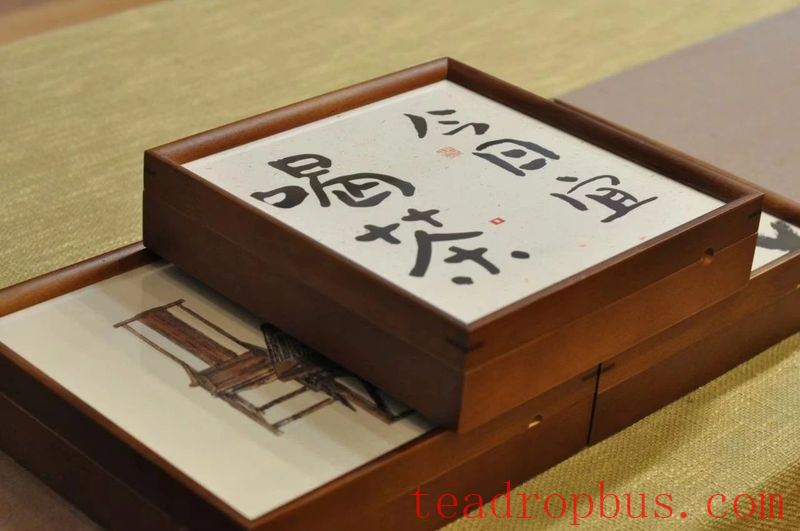
Here, we share the brewing methods for the six major types of tea for your reference!
Green Tea: Preserve Its Freshness
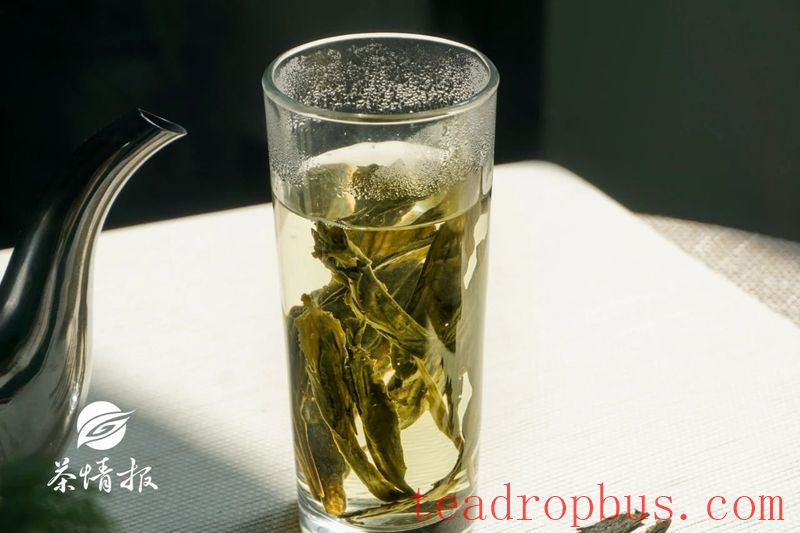
The key to brewing green tea is to maintain its fresh taste and vibrant color. Both of these qualities are easily compromised by high temperatures, which can destroy vitamin C and polyphenols, reducing the tea's freshness and changing its color.
☞ Brewing Tips
Use a glass cup when brewing green tea to observe the tea's appearance. Gradually immerse the tea using water at 80-90°C, allowing it to naturally unfurl and release its flavors slowly. Avoid pouring boiling water directly over the tea, as this can damage its freshness.
Black Tea (red tea): Avoid Sour and Bitter Flavors

Black tea is a fully fermented tea, and if brewed incorrectly, it can develop sour or even bitter flavors.
☞ Brewing Tips
Avoid steeping black tea for too long; pour out the tea quickly after adding water for a clear and sweet taste. Use a teapot with a wide mouth to allow heat to escape and improve air circulation.
Reduce the amount of tea used to ensure sufficient air circulation and prevent it from becoming stale.
Drain all the tea completely and leave the lid open to cool down after pouring out the tea.
Yellow Tea: Water Temperature Matters
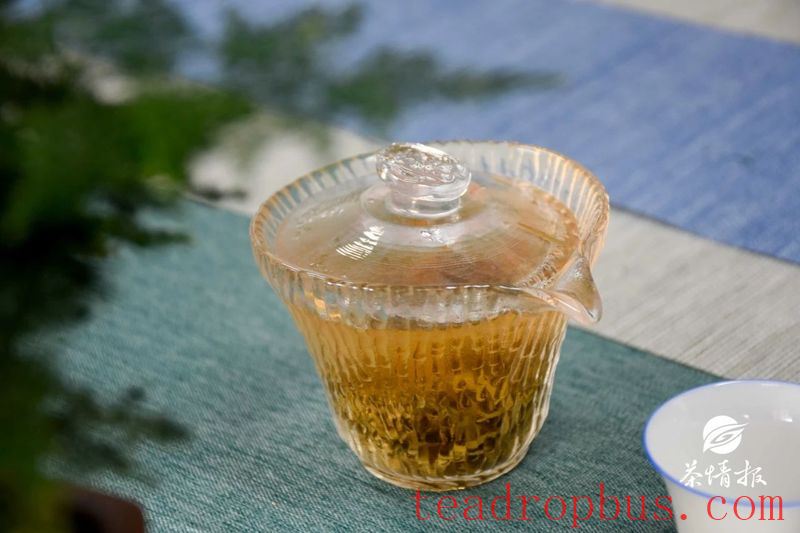
The brewing tips for yellow tea are similar to those for green tea. Yellow tea is a lightly fermented tea, including teas like Mengding Yellow Bud and Junshan Silver Needle.
☞ Brewing Tips
The delicate tea leaves can be scalded by water that is too hot, so a temperature between 85-90°C is ideal.
Place about one-quarter of yellow tea leaves into the teaware according to its capacity, adjusting based on personal taste.
The optimal brewing time for the first infusion is 30 seconds, 60 seconds for the second, and approximately 2 minutes for the third. This will result in a better-tasting tea.
Use a glass cup or porcelain cup, especially a glass cup for brewing Junshan Silver Needle, to appreciate the tea leaves rising and falling, creating a fascinating spectacle.
Dark Tea (Pu'er): Waking the Tea is Key
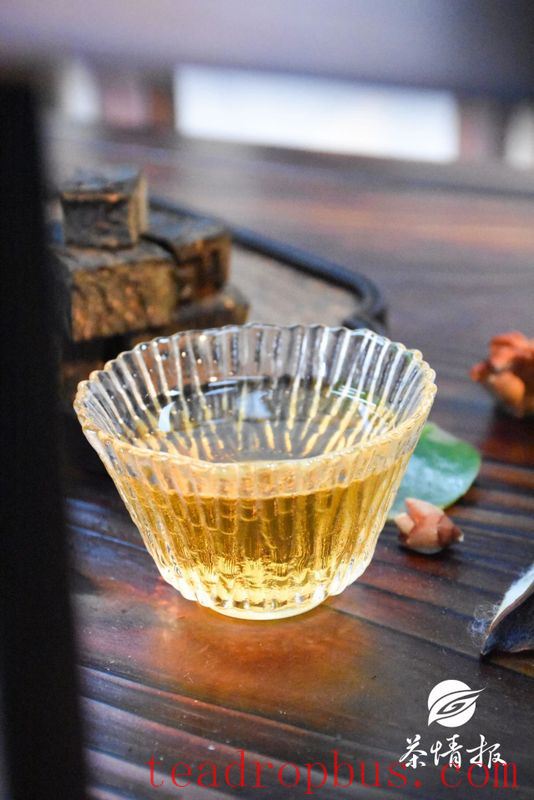
During post-fermentation and storage, dark tea can develop storage and aging odors. However, if the tea has gone moldy, it should not be consumed.
☞ Brewing Tips
Before drinking compressed dark tea, break it apart and let it air dry in a well-ventilated place for a few days before storing it in a breathable clay jar for one to two months.
The first infusion should be a rinse to allow the compressed tea to open up and remove any off-flavors, making the second infusion more enjoyable.
Note that the rinsing time should not be too long; pour out the tea quickly to avoid losing too many of its beneficial compounds.
Oolong Tea: Focus on Aroma and Flavor
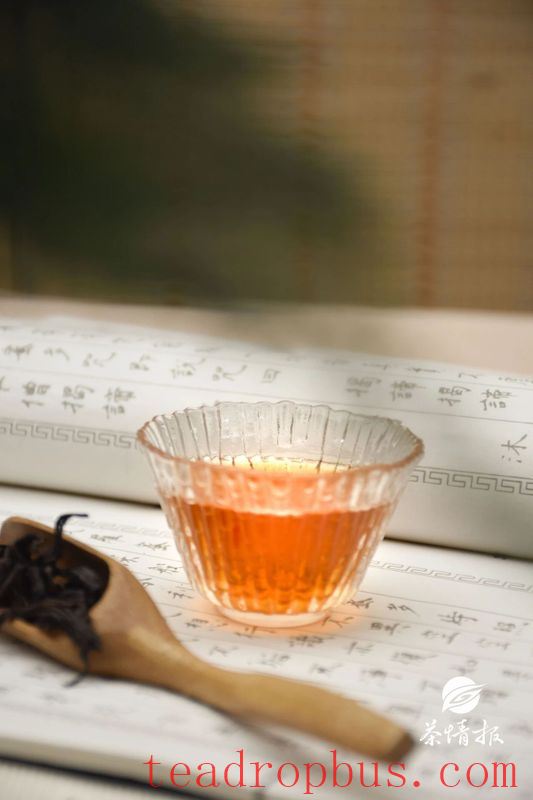
Fujian, Guangdong, and Taiwan are the primary production areas for oolong tea, and the gongfu tea brewing method practiced in these regions is also used for oolong tea.
Small teapots and small cups are standard for gongfu tea brewing. Warm the cups and teapot before brewing. The technique involves pouring water from a high height and decanting low, maximizing the aroma and flavor of the tea.
☞ Brewing Tips
Oolong tea should be brewed with boiling water. For strip-shaped teas like Phoenix Dancong and Rock Tea, the key is to pour and decant immediately, while granular oolong teas can be left slightly longer. Once the leaves have opened, speed up the decanting process, and extend the brewing time after five infusions.
White Tea: Consider Age and Maturity

White tea is typically classified by the maturity of the harvested leaves, into White Peony Silver Needle, White Peony, and Shoumei.
☞ Brewing Tips
For White Peony Silver Needle and high-grade White Peony, do not use boiling water to preserve their sweetness; around 90°C is suitable, with a brewing time of about 30 seconds.
Ordinary White Peony and Shoumei can be brewed with boiling water. White Peony requires a shorter brewing time than Shoumei. Older Shoumei, particularly those aged for three years or more, can be both brewed and boiled. After five infusions, you can place it in a teapot for boiling, adjusting the time based on personal preference.

The characteristics of the six major types of tea vary, so the focus of their brewing methods differs accordingly. Even among the same type of tea, different varieties will have their unique requirements. Therefore, adapting the brewing method to the specific tea is the best approach.
If there are any copyright issues, please contact us to remove them.